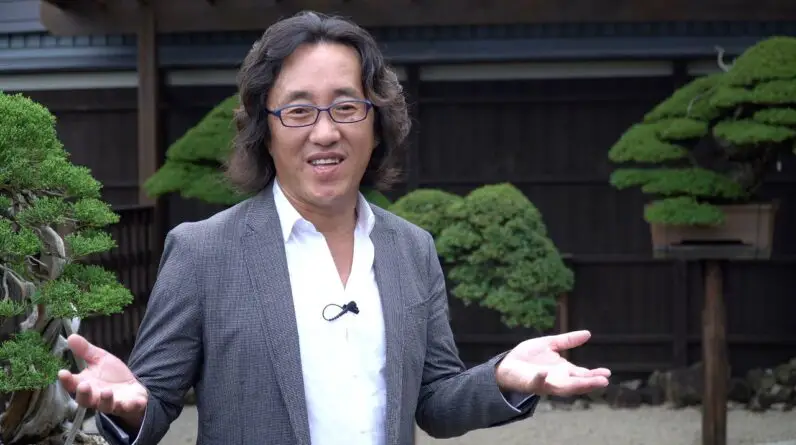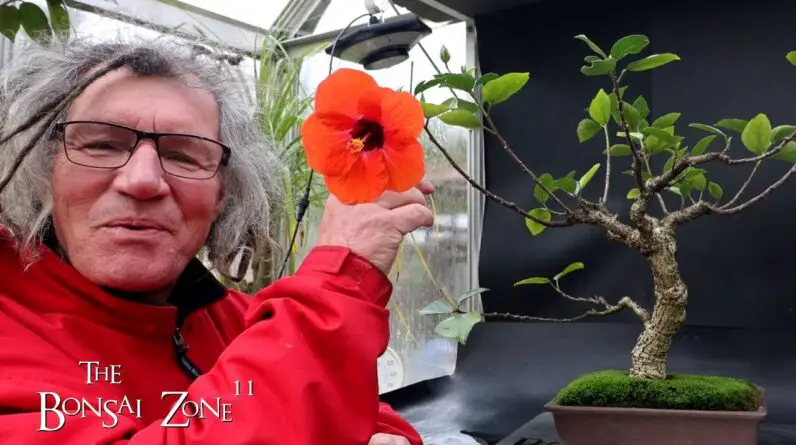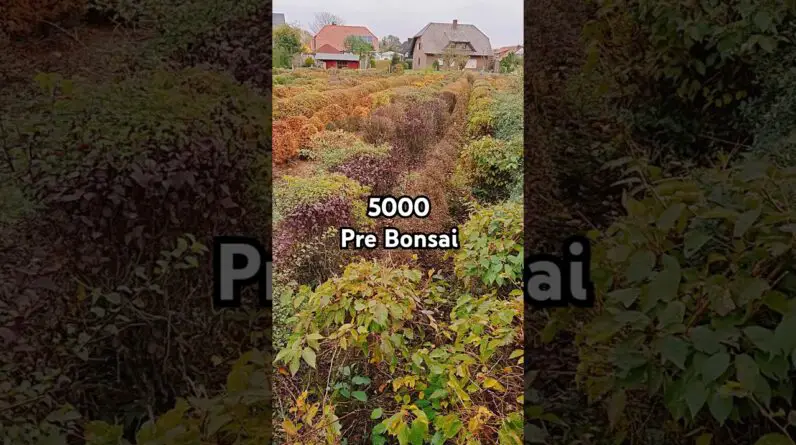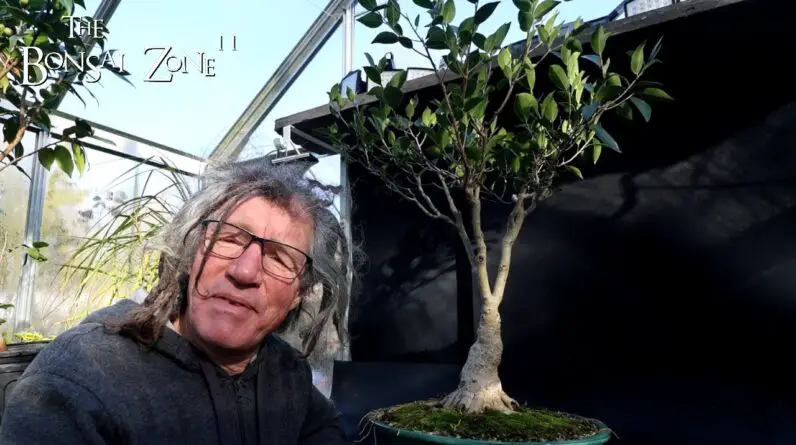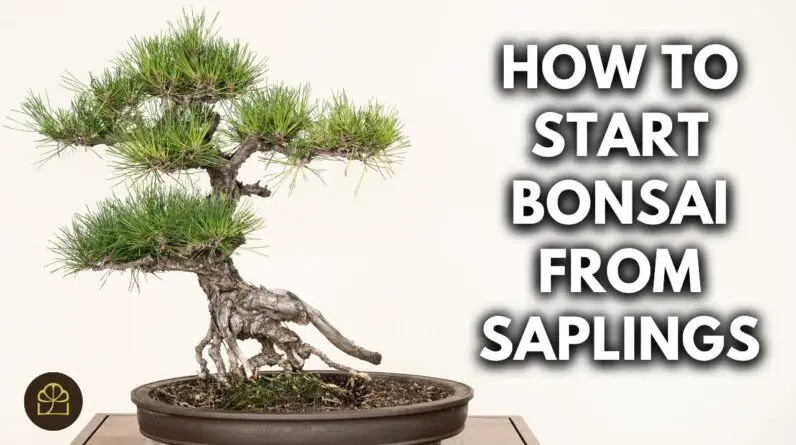As we delve into the fascinating world of bonsai, our team welcomes you to a comprehensive guide for beginners on cultivating the Ficus Microcarpa, also known as the Chinese banyan tree. Join us in Season 3 as we provide a step-by-step journey to help you nurture and shape your very own bonsai masterpiece.
Introduction
Hello there! We are thrilled to share our expertise regarding the captivating art of bonsai with a dash of our own experience working with the Ficus Microcarpa tree for over a decade. Join us as we delve into the intricate steps of caring for this majestic tree, from defoliating and repotting to shaping and grooming, all encapsulated in this comprehensive guide.
Getting Started: Preparing the Base
Before we dive into our fourth project with the Ficus Microcarpa tree, our team closely examines the progress the tree has made over the past year. It’s essential to understand the tree’s growth patterns and health to tailor our care effectively.
- Analyzing the tree’s growth throughout the year.
- Evaluating the health of the tree to assess its vitality.
Repotting for Future Growth
The time has come to elevate the Ficus Microcarpa to a bigger training pot, laying the foundation for its future development. We ensure the tree is comfortably settled in its new pot, fostering an environment conducive to growth.
- Upgrading to a larger training pot for enhanced root expansion.
- Placing the tree on a clay plate with impeccable drainage for optimal root health.
Defoliating and Pruning: Paving the Way for Renewal
With meticulous care and attention, we embark on the process of defoliating the Ficus Microcarpa in preparation for repotting. Through this meticulous process, we aim to provide the tree with a rejuvenating experience, setting the stage for vigorous growth.
- Attentively defoliating the tree to ensure a clean slate for growth.
- Pruning the tree with future expectations in mind for achieving the desired shape.
Shaping the Future: Cultivating the Leader Branch
In our nurturing journey with the Ficus Microcarpa, we identify a specific branch to be fostered as the leader branch. This strategic decision plays a pivotal role in shaping the tree’s overall aesthetic, bringing our vision to life.
- Cultivating a specific branch to serve as the leader branch.
- Steering the growth of the tree towards an envisioned shape and form.
Looking Ahead: Closing the Chapter and Welcoming the Next
As we wrap up our last project with the Ficus Microcarpa bonsai tree in 2020, we eagerly anticipate the next phase of growth and transformation. Our journey with this remarkable tree is a testament to the profound joy and fulfillment that bonsai cultivation brings.
Conclusion
Embarking on a bonsai journey with the Ficus Microcarpa tree offers a profound insight into the realm of patience, dedication, and artistry. By following the step-by-step guide laid out in this article, you too can immerse yourself in the captivating world of bonsai cultivation, witnessing the beauty of growth and transformation firsthand.
FAQs
- How often should I water my Ficus Microcarpa bonsai tree?
- Can I place my bonsai tree in direct sunlight?
- Is it necessary to fertilize the tree regularly?
- What is the best time of year to repot a Ficus Microcarpa bonsai?
- How can I prevent pests from affecting my bonsai tree’s health?


